Understanding the Down Feathers
Have you ever wondered where these feathers come, How are down feathers harvested? Have you ever wrapped up in a warm down comforter or put on a garment that appeared as light as a cloud? If so, you’ve probably felt the tremendous warmth and comfort that down feathers offer.

What Exactly Is Down: How are down feathers harvested?
Let’s start with the basics. Down refers to the soft layer of fine feathers found under the tougher exterior feathers of birds, primarily ducks and geese. Known for their exceptional insulating properties, down feathers are prized for their ability to trap air and create a layer of warmth without adding bulk. This is why they’re a popular choice for bedding, jackets, and other cold-weather gear.
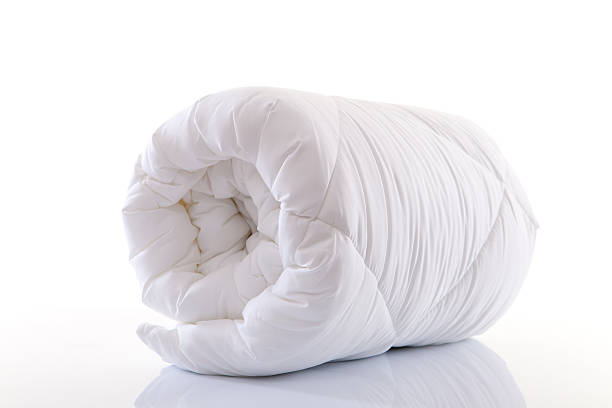
Ethical Concerns: The Harvesting Process
Now, onto the critical question: How are down feathers harvested? There are two primary methods: live-plucking and collecting feathers from slaughtered birds. Unfortunately, live-plucking, which involves removing feathers from live birds multiple times during their lives, has raised significant ethical concerns. The process can cause immense suffering and distress to the animals.
Thankfully, many companies are increasingly adopting ethical practices by obtaining down feathers as a byproduct of the food industry. When birds are raised for their meat, the feathers are collected after the birds are slaughtered for consumption. This method eliminates the need for live-plucking and ensures that the birds are used more fully and respectfully.
The Collection Process
Once the birds are processed for meat, the feathers are carefully removed. This involves separating the down from the coarser feathers by hand or through a machine-based process. The down is then cleaned thoroughly to remove dirt, dust, and other impurities. How are down feathers harvested? The answer to yes is quite understandable.
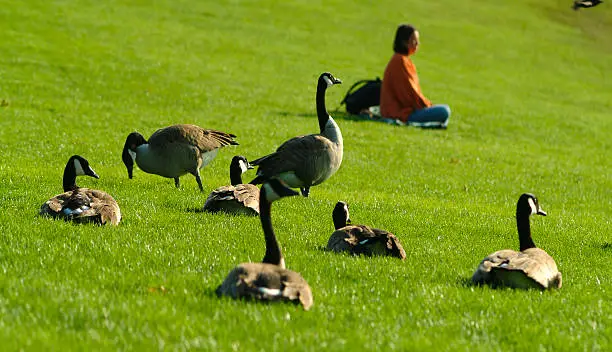
Quality Standards and Sorting
Quality control is crucial in the down feather industry. The down is graded based on its fill power, which measures its loft and insulating capability. Higher fill power indicates better quality down. The sorting process separates different grades of down, ensuring that products are filled with consistent and high-quality material.
Sustainability and Traceability
In recent years, there has been a growing emphasis on sustainability and traceability in the down industry. Many companies are partnering with suppliers who adhere to strict animal welfare standards and sustainable practices. Traceability measures help ensure that the down used in products can be traced back to its source, providing transparency for consumers who prioritize ethical sourcing.
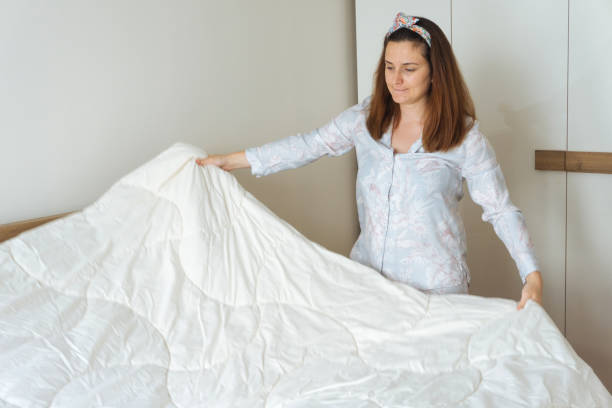
Alternatives and Innovation
For those concerned about animal welfare or seeking alternatives to traditional down, the industry has seen innovations. Synthetic alternatives made from polyester fibers aim to mimic the insulating properties of down. While they may not match the exact characteristics of natural down, they offer cruelty-free options for those seeking ethical alternatives.
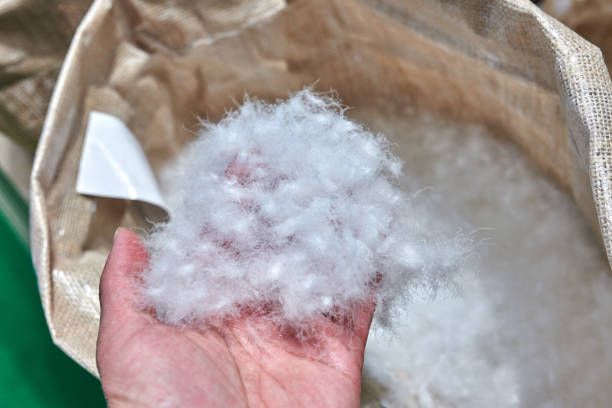
The Role of Responsible Farming
Ethical sourcing of down feathers begins at the farms where birds are raised. Farms that prioritize animal welfare provide proper living conditions for the birds, ensuring adequate space, access to clean water, and a nutritious diet. These factors contribute to the overall health of the birds and, subsequently, the quality of the feathers.
Ethical Certifications and Standards
To ensure ethical practices, various certifications and standards have been established within the industry. Certifications like the Responsible Down Standard (RDS) and the Downpass standardize the sourcing of down feathers by guaranteeing that they are obtained ethically, without live-plucking or force-feeding. Consumers seeking products with ethically sourced down can look for these certifications as a mark of assurance.
The Cleaning and Processing Journey
Once the feathers are collected, the cleaning process begins. The feathers go through several stages of cleaning to remove dust, dirt, and natural oils. This meticulous cleaning process is crucial as it ensures that the down is hypoallergenic and ready for use in bedding, clothing, and other products.
Innovations in Down Extraction
Technological advancements have transformed the process of extracting down feathers. While traditional methods involved manual plucking or shaking feathers from birds, newer technologies like pneumatic devices and vacuum systems have been developed to extract down more efficiently. These methods are designed to minimize stress on the birds and improve the efficiency of the collection process.
The Down’s Journey to Products
Once the down is cleaned and processed, it’s ready to be used in various products. The most common items include bedding such as comforters and pillows, as well as outerwear like jackets and sleeping bags. Manufacturers carefully select the appropriate grade of down based on its quality and fill power to ensure optimal performance in the final product.
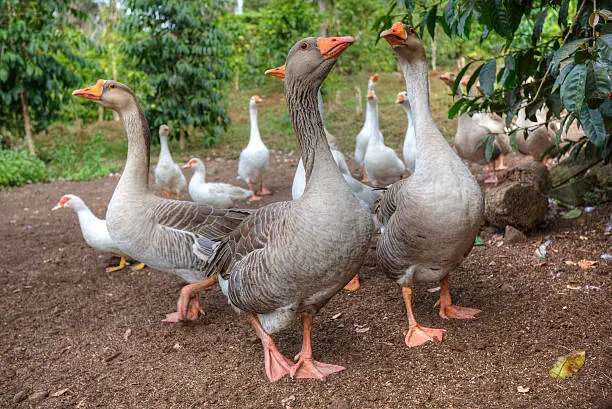
A Comprehensive Insight
The Natural Source: Where Do Down Feathers Come From?
Down feathers, renowned for their exceptional insulation, are primarily sourced from waterfowl, particularly ducks and geese. Unlike the exterior feathers designed for flight and protection, down feathers are nestled beneath this outer layer, closer to the bird’s body. This unique positioning contributes to their superior warmth and lightweight characteristics.
Understanding Ethical Standards: The Evolution of Industry Practices
Over the years, concerns regarding animal welfare in the down industry have sparked significant changes in harvesting practices. While the historical method of live-plucking caused distress and pain to the birds, modern ethical standards advocate for humane practices.
Ethical Harvesting: Ensuring Animal Welfare
In ethical Down feathers harvested, are gathered as a byproduct of the food industry. Birds raised for consumption are humanely slaughtered, and their feathers are meticulously collected afterward. This method not only eliminates the inhumane practice of live-plucking but also ensures that the birds serve a fuller purpose beyond their meat.
The Collection Process: How are down feathers Harvested?
Post-slaughter, the feathers are carefully removed from the birds’ bodies. Skilled workers or machinery separate the down from coarser feathers, prioritizing the preservation of the down’s quality and integrity. The collected down then undergoes rigorous cleaning processes to eliminate impurities.
Grading and Quality Control: Determining Down’s Worth
Quality standards play a pivotal role in the down industry. Fill power, a key metric, measures the loft and insulating capability of the down. Higher fill power indicates superior quality and performance. Meticulous sorting procedures categorize down based on its quality, ensuring that end-products contain consistent and high-grade materials.
Sustainable Practices: Embracing Responsibility
Amid growing environmental concerns, sustainability has become a focal point. Many companies prioritize sourcing from suppliers committed to eco-friendly practices and adherence to strict animal welfare standards. This emphasis on sustainability extends to traceability measures, allowing consumers to track the journey of the down, ensuring transparency and accountability.
Innovations and Alternatives: Beyond Traditional Down
For conscientious consumers seeking cruelty-free options, the industry has witnessed advancements in synthetic alternatives. These alternatives, crafted from polyester fibers, aim to replicate the insulating properties of natural down. While they might not perfectly mirror the characteristics of authentic down, they offer an ethical choice for individuals seeking animal-friendly alternatives.
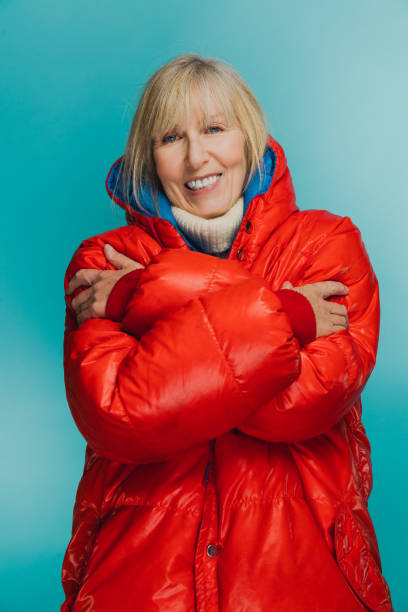
Making Informed Choices: A Consumer’s Role
Knowledge empowers consumers to make ethical decisions. By supporting companies committed to ethical sourcing, sustainability, and transparency, individuals can positively influence the down industry’s practices. Every purchase serves as an endorsement of responsible and humane practices, contributing to a more conscientious marketplace.
Conclusion: Making Informed Choices
Understanding how down feathers harvested that allows consumers to make informed choices when purchasing down-filled products. By supporting companies that prioritize ethical sourcing and sustainability, individuals can contribute to a more responsible and humane industry.
Next time you cozy up in your favorite down comforter or zip up a down jacket, you’ll have a deeper understanding of the journey these feathers take from the birds to your home. Remember, every choice we make as consumers can have a meaningful impact on the well-being of animals and the environment.
The journey of down feathers, from their natural origins to their use in various products, involves a delicate balance between ethical considerations, quality control, and sustainability. As consumers, being mindful of the sourcing practices behind the products we choose can pave the way for a more compassionate and responsible industry.
FAQs: How Are Down Feathers Harvested?
1. Q: Are down feathers obtained ethically?
A: Yes, ethical practices involve collecting down feathers as a byproduct of the food industry, ensuring birds are not live-plucked but rather sourced from birds raised for consumption.
2. Q: How are down feathers harvested? or collected from birds?
A: After humane slaughter, the feathers are carefully removed, separating the down from coarser feathers either by hand or through specialized machinery.
3. Q: What is Down Feathers Harvested measures to ensure the quality?
A: Quality control involves grading the down based on its fill power, determining its loft and insulating capabilities, ensuring that only high-grade down is used in products.
4. Q: Is there a focus on sustainability in the down industry?
A: Yes, many companies prioritize sustainable practices by partnering with suppliers committed to eco-friendly standards and traceability measures.
5. Q: Are there alternatives to traditional down?
A: To avoid this issue that How are down feathers Harvested? There are Synthetic alternatives made from polyester fibers aim to replicate down’s insulating properties, providing cruelty-free options for conscientious consumers.



